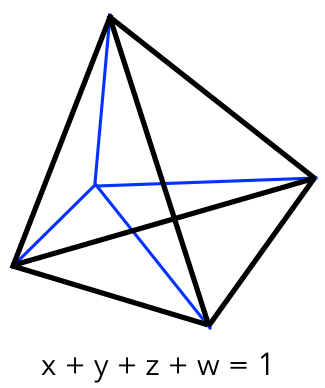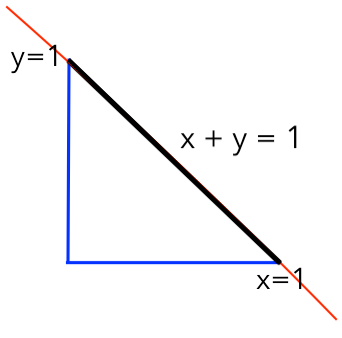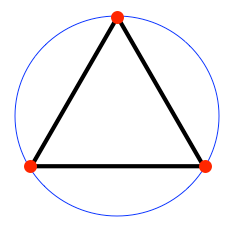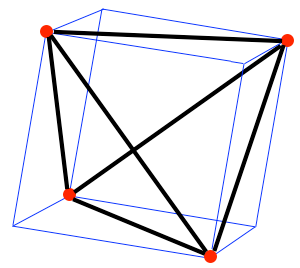I saw Ready Player One with my nephews. It was delightful. My nephew Jonathan and I laughed out loud in all the same places.
I liked it so much, that I went to see it again, and this time I treated my grad students to see it. Both times in glorious 3D.
In addition to the obvious fact that Mark Rylance is one of the great wonders of the world, this is Spielberg in top pop form. He is having fun here, like he did in Minority Report and Catch Me if you Can, celebrating popular culture for its sheer visual magic.
I was curious to see what the critics thought, so I went on-line and read the reviews. And what I discovered was, for the most part, pure venom.
Many critics seem incensed, indignant, left sputtering in outraged at the very idea of a Spielberg film that is simply fun, a pop confection designed mainly to entertain and delight.
Perhaps some of it is their feeling of horror that modern pop culture might be something worthy of celebrating, simply for the sake of celebrating a phenomenon that many people find delightful. But why the extreme degree of venom?
I suspect it has something to do with critics’ feeling that they are the gatekeepers of culture. If you’ve ever listened to a classical music maven decry The Beatles and all that their influence has wrought, you probably know what I mean.
Fortunately, the movie itself has the courage to simply celebrate the sublime beautiful nuttiness of modern pop/nerd culture. If you haven’t seen this movie yet, I recommend you get yourself to a theater and see it.
Preferably in 3D.





